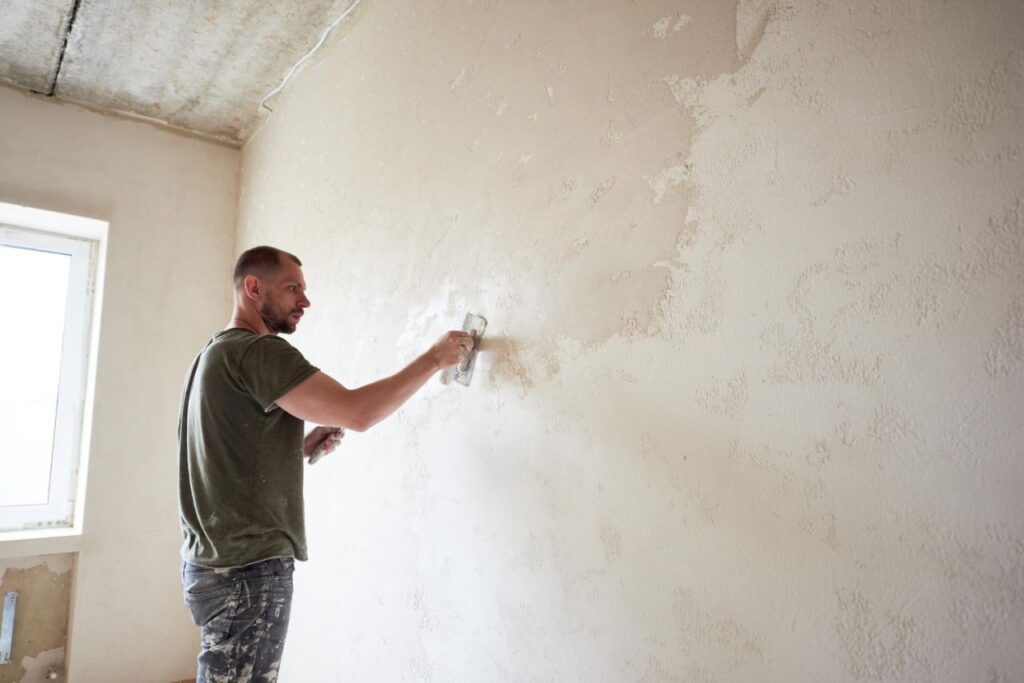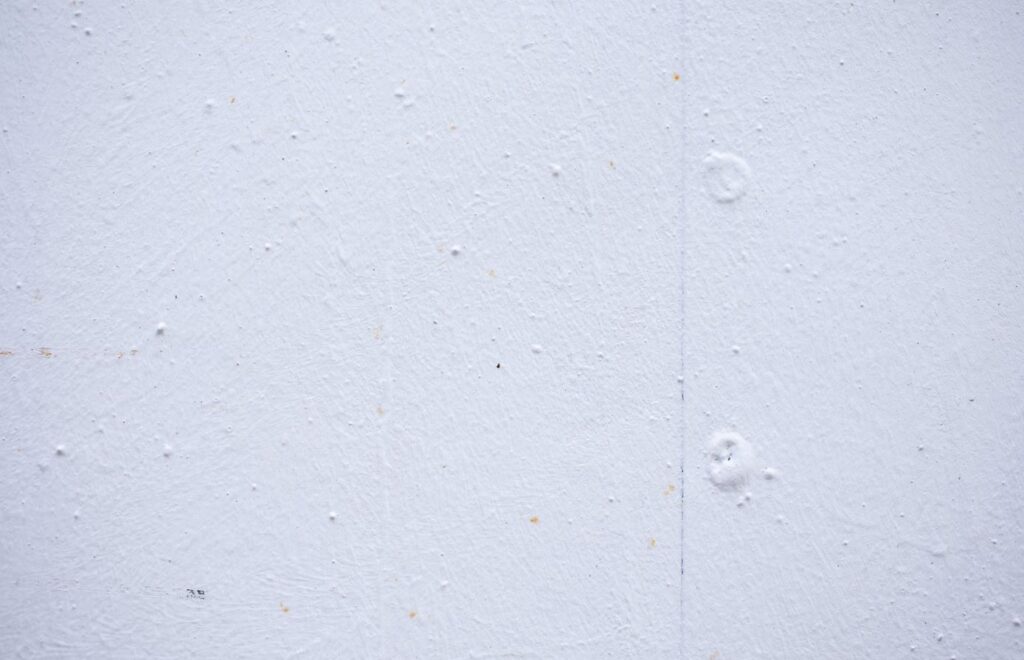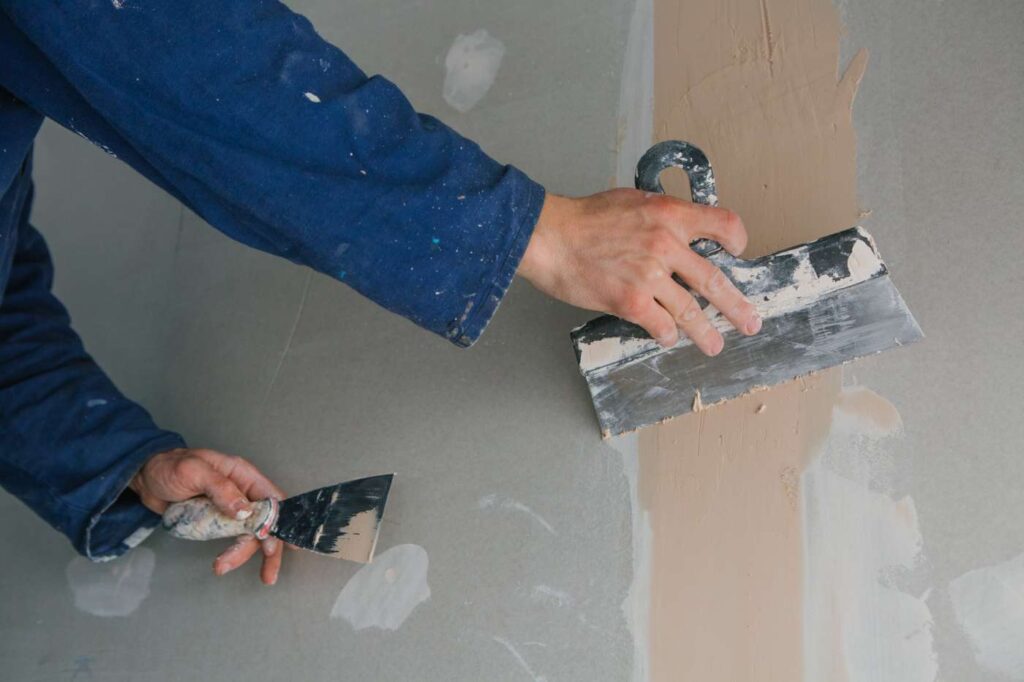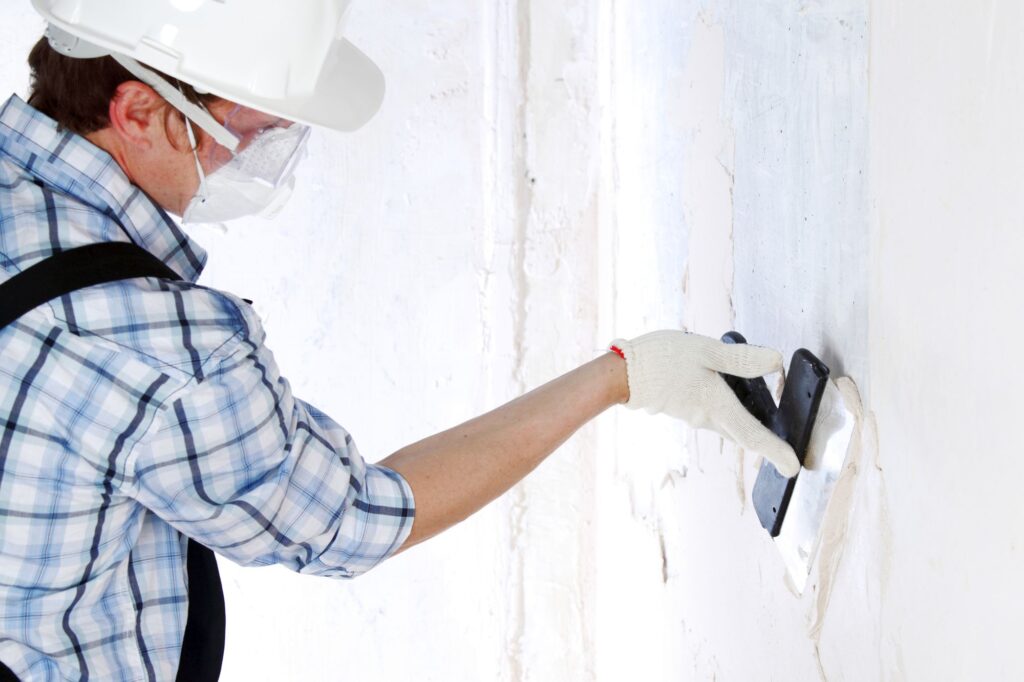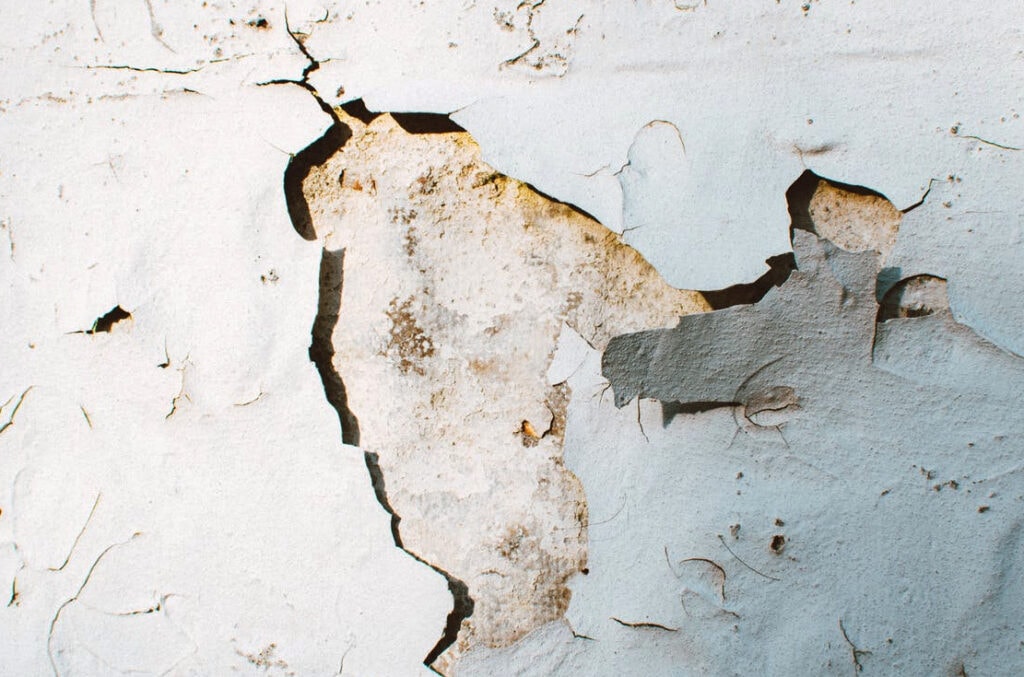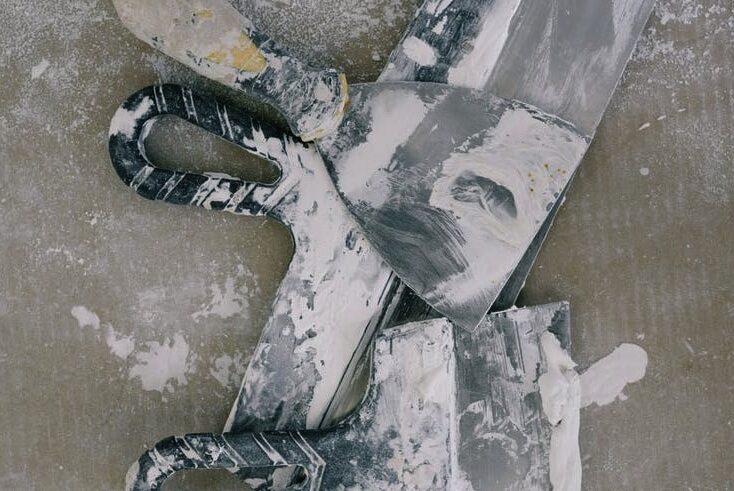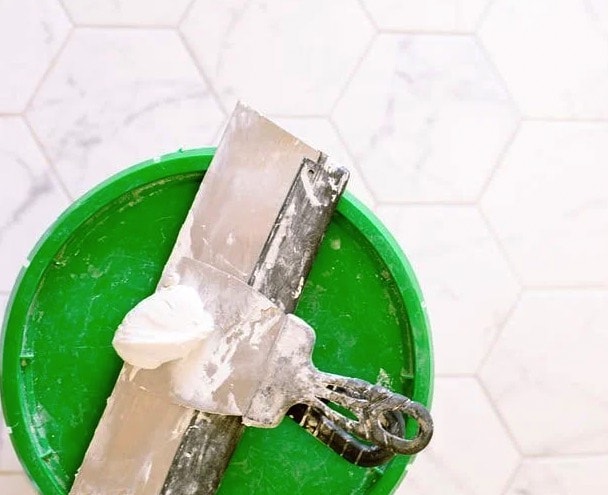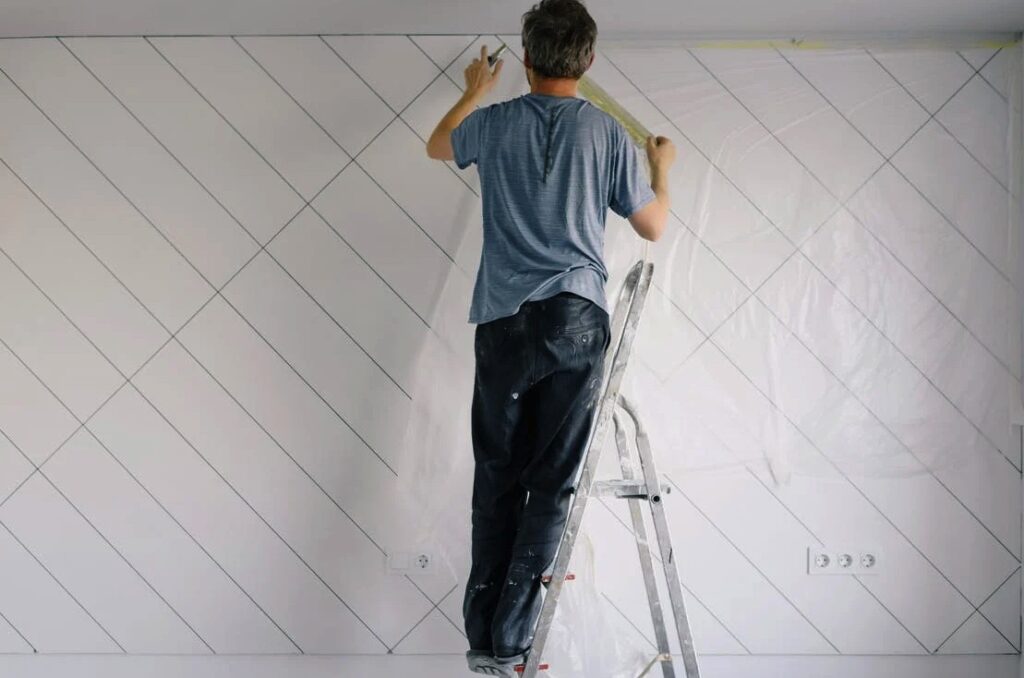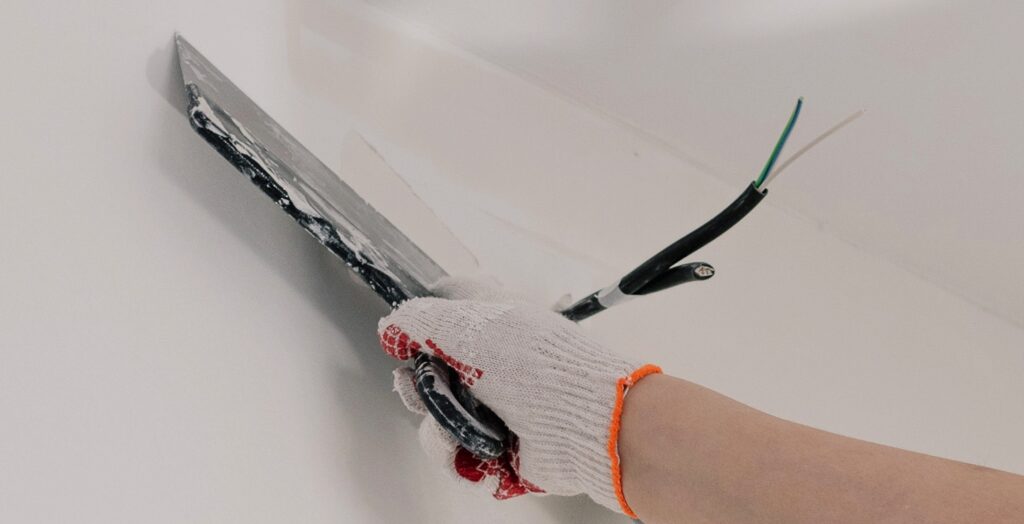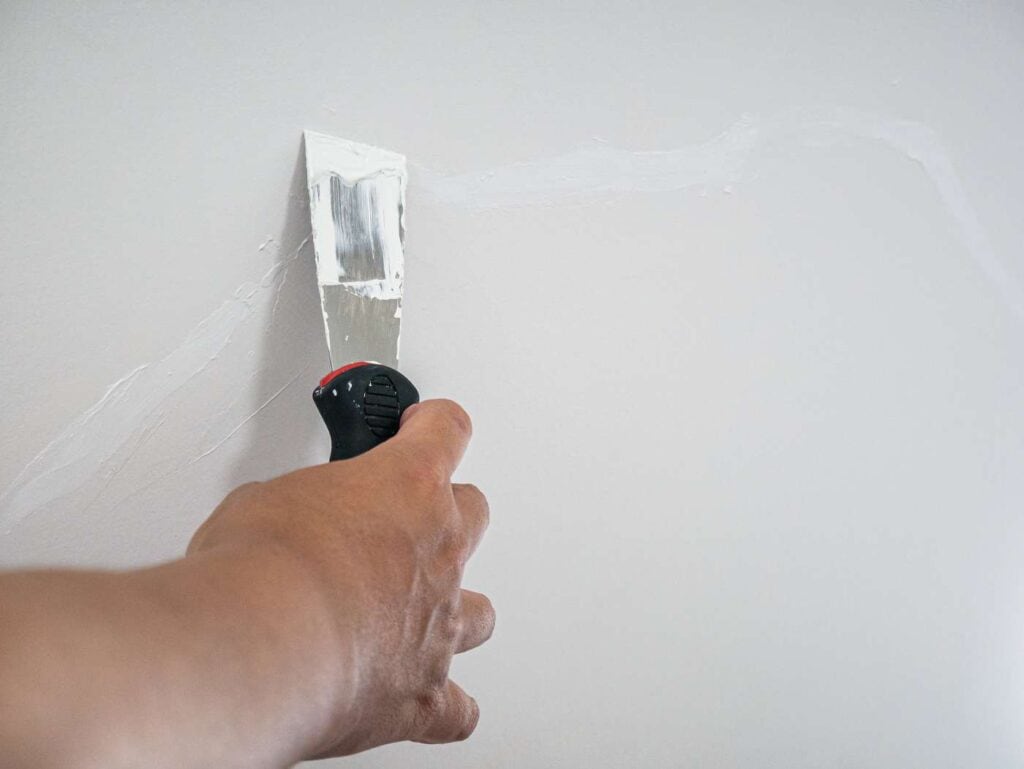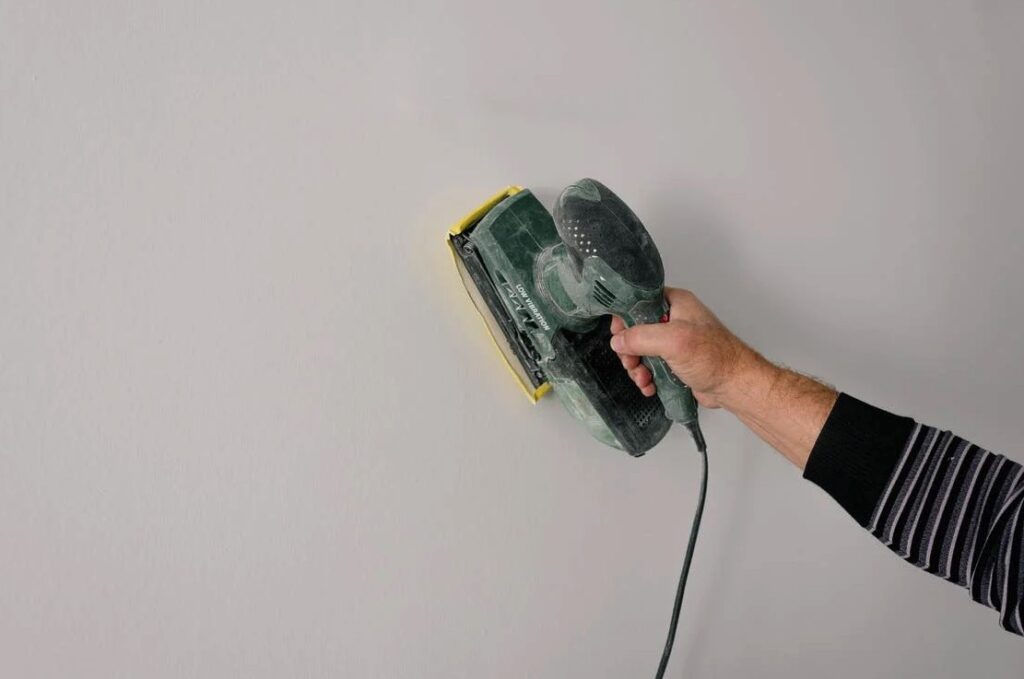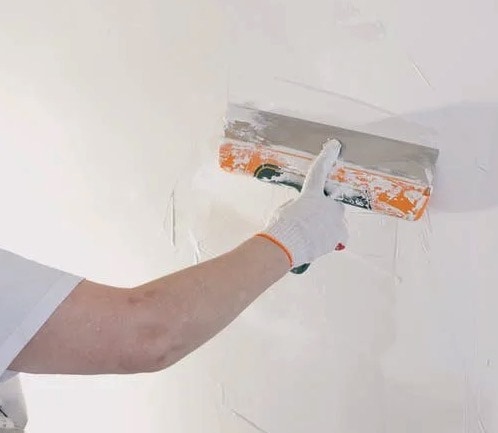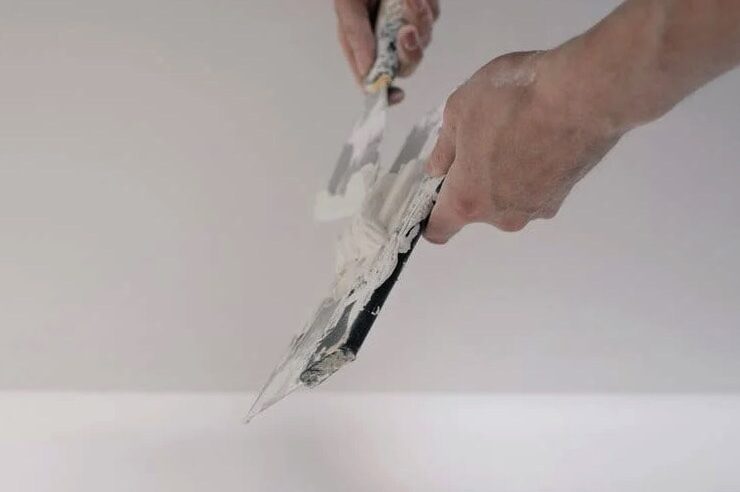To create a smooth and long-lasting surface, plastering involves applying a thin layer of a plastic substance or plastic mortars to the uneven surfaces of building components such as columns, beams, walls, ceilings, etc. Plaster refers to the polymeric substance that is utilised in the plastering process.
Sand, Cement, and water are the three main components of mortar, which makes plaster. It is possible to plaster both the inside and outside of an element. Rendered surfaces are those that are exposed to the outside and require plastering.
One of the most crucial steps in nearly every building project is plastering. In addition to enhancing a building's visual appeal, it safeguards the surface of the interior and outside. This article will go over the many varieties of plaster finishes that are commonly utilised in building projects.
What Are Plaster Finishes?
The construction process only concludes when the walls are up. Plastering is a common finishing technique that contractors use to smooth out walls and add decorative accents. Plastering covers rough surfaces with a smooth and aesthetically pleasing material to make them look better.
Several varieties of plaster finishes exist; this article will teach you how to create five of them. Walls can have a variety of looks depending on the finish you choose; the decision is ultimately yours.
What Is Finishing Plaster Made Of?
Whether made of lime, gypsum, or cement, plaster is essentially the same. Before being put to a surface, the plaster is mixed with water, making it into a firm yet usable paste.
Applications of Finishing Plaster
Any wall or ceiling can have its final surface made with finishing plaster. Over a base coat or plasterboard, you can apply one of many different kinds. For the perfect face, apply smooth coats of finishing plaster.
Types Of Plaster Finishes
Certain finishes are put to the last coat of plaster after its application.
Smooth Coat Finish
A perfectly flat and smooth surface is achieved with a smooth cast finish. A mixture of one part cement to three parts fine sand is the recipe for the mortar that will be used to create the smooth cast finish. Depending on the amount needed, water is added.
Using the wooden float, the mortar is applied. Plastering outside surfaces with a steel float is not a good idea since the float creates an extremely smooth surface that can shatter when exposed to the elements.
Sand Faced Finish
There are two coats needed to apply a sand face finish. The initial layer is a 12 mm thick cement sand mortar (1:4).
The zigzag lines are already attached to it. The second layer, which is 8 mm thick, is applied after seven days of cure.
In a 1:1 ratio, combine the cement and sand to make the mortar for the second layer. The sand is utilised in a consistent size. To apply a second coat, dampen the sponge.
To complete the surface of the last coat, a wooden float is used to rub clean, washed sand of consistent size. The end product is a surface with uniformly dense sand grains.
Spatter Dash Finish or Rough Cast Finish
The proportions of cement, sand, and aggregate required to make the mortar for this finish are 1:1:3. The size of the coarse aggregate can range from 3 mm to 12 mm.
Then, using a large trowel, the mortar is poured onto the plaster surface that has been prepared. The next step is to use a wooden float to give the surface a rough polish.
This coating is long-lasting, won't chip or peel, and won't let water seep through. External rendering is its primary function.
Day Dash Finish or Pebble Dash
The 12 mm thick pebble-dash or dry dash finish is the last coat. The mortar is a 1:3 mix with the same ingredients as smooth cast finish mortar.
Small pebbles (ranging in size from 10 to 20 millimetres) are pounded into the newly-applied plaster. Using a wooden float, the pebbles are gently pressed into the mortar. Plaster finishes like these are often reserved for ornamental purposes.
Depeter Finish
Comparable to the pebble dash finish, it is a depleted finish. The plaster is hand-pressed with small bits of gravel or flint onto the surface of the still-wet plaster while a 12 mm coat is applied.
Pebble dash finishes and de peter finishes are two examples of decorative plaster finishes that use flints of different colours to create lovely patterns.
Scraped Finish
Lastly, a 6–12 mm layer of plaster is placed. After that, it's given a few hours to harden. A pattern of 3 mm deep scraping is applied to the surface.
You can recycle old saw blades, steel straight edges, and similar instruments. The likelihood of cracks is reduced on such a scraped surface.
Textured Finish
The stucco's last layer is utilised with sketch plastering to create beautiful patterns or textured surfaces using the appropriate tools.
When applying stucco, it is common practice to employ textured finishes. Plaster can have its surface decorated with various ornamental designs and textures. Specialised equipment and trained hands are needed to craft the designs and textures.
Stucco Plaster Finish
Finishes made with stucco plaster are of the highest quality. This plaster is versatile enough to be applied indoors or out. The typical application method involves three layers of plaster, resulting in a total thickness of around 25mm. The three coats are as follows:
- A scratch coat.
- A brown coat that is thinner.
- A white coat that is either finished or used as a finishing touch.
Waterproof Plaster Finish
An authorised brand and manufacturer of cement waterproof compounds must be used for plastering. The standards set out by IS:2645 must be satisfied by these substances.
Admixtures containing calcium chloride are illegal. Always return supplies to their original packaging before delivering them to a construction site.
Before application, thoroughly mix the compound with dry cement, using a proportion of 3% by weight or as the manufacturer directs.
To prevent waterproofing material from evaporating in a separate stream when water is introduced to the cement, it must be completely integrated with the cement.
Exposed Aggregate Plaster Finish
Marble chips, whether white or coloured, must be 6–12 mm in size and made by crushing hard marble stones.
Twenty millimetres is the bare minimum for the finished plaster that shows aggregate. Just like with the sand-faced surface, the application method is crucial. Use only clean, drained pebbles in a mixture of one cement chip for every marble chip.
To apply a wet admixture to a plastic undercoat, whip the undercoat vigorously in a direction perpendicular to the wall's surface while it is still wet. The top surface should be washed and scrubbed using a water jet to remove any loose mortar.
Special Material Used In Plastering For Finishing Coat
Special materials are added to mortar to satisfy the unique requirements of completed surfaces, such as improved fireproofing, appearance, heat insulation, and durability.
Here are the specific materials that need to be utilised:
Acoustic Plaster
Finishing coats made of materials like gypsum mixes are mixed with mortar to create a honeycomb pattern. This causes a chemical reaction in the coat, creating gas bubbles. These bubbles cause tiny gaps in the coat.
These microscopic honeycomb holes dampen noise. This plaster benefits the interior walls of auditoriums, halls, and similar structures.
Asbestos Marble Plaster
Mortar, a finishing coat of cement, asbestos, and finely crushed marble, is used for a better appearance.
Barium Plaster
As a last step, X-ray rooms employ a mortar mixture of sand, cement, and barium soleplate to shield personnel from radioactive particles.
Granite Silicon Plaster
A combination of mortar gra, nite, and silicon is used. A higher-quality building uses this finish. The setting time is minimal, and it has an elastic quality. This prevents fractures.
Plaster Of Paris Of Gypsum Plaster
Making plaster of Paris requires heating ground gypsum to temperatures between 160 and 170 degrees Celsius. After about three or four minutes of being wet, the plaster of Paris hardens.
The addition of appropriate retarders lengthens the setting time. When working with lime, the plaster of a parish is most often used for decorative purposes and reporting carks.
Plaster made of gypsum is both lightweight and fireproof. While settling, it retains its original size. It effectively muffles sound. For decorative purposes, it is highly effective.
Nevertheless, water dissolves gypsum plaster.
Keene's Cement Plaster
Calculating the plaster of Paris with alum yields Kenees's cement. This will set quite firm after a few days of being polished to a white, glassy finish. For ornamental purposes, it works well.
FAQs About Plastering
A troweled finish involves applying plaster with a trowel to create a smooth, handcrafted appearance with subtle texture variations. It offers a classic and elegant finish suitable for traditional and contemporary interiors.
Lime plaster, made from lime, sand, and water, offers a breathable, durable finish suitable for historic restoration and eco-friendly projects. Gypsum plaster, made from gypsum and water, provides a smooth and quick-setting finish ideal for modern construction and interior applications.
A sand-float finish involves embedding sand into the surface of wet plaster to create a textured appearance. It is commonly used for exterior walls and stucco finishes to enhance visual interest and durability.
A dash or spatter finish is achieved by throwing or spraying small plaster particles onto the surface to create a random and irregular texture. It is commonly used for exterior walls to provide a rustic or decorative finish.
Yes, specialised plaster finishes such as exterior insulation and finish systems (EIFS) are for energy-efficient exteriors, fire-resistant plaster finishes are for high-risk areas, and decorative finishes like frescoes or faux finishes are for artistic and architectural purposes.
Selecting an Appropriate Plaster Finish:
What you choose for the plaster finish on your walls will significantly impact their aesthetics and functionality. You can choose from various plaster finishes, each with its benefits. You should be well-versed in the procedures for applying a plaster finish if you desire the desired outcome for your walls.
One thing to consider when picking out a plaster finish is the texture. Plaster can have Many different finishes, from smooth and contemporary to rough and textured. Texture has the power to transform the ambience and aesthetic of any space.
The plaster finish's hue should also be carefully considered. Among the many plaster colours available are beige, white, and even more vibrant tones. You can influence the ambience you desire in a space by choosing the plaster colour.
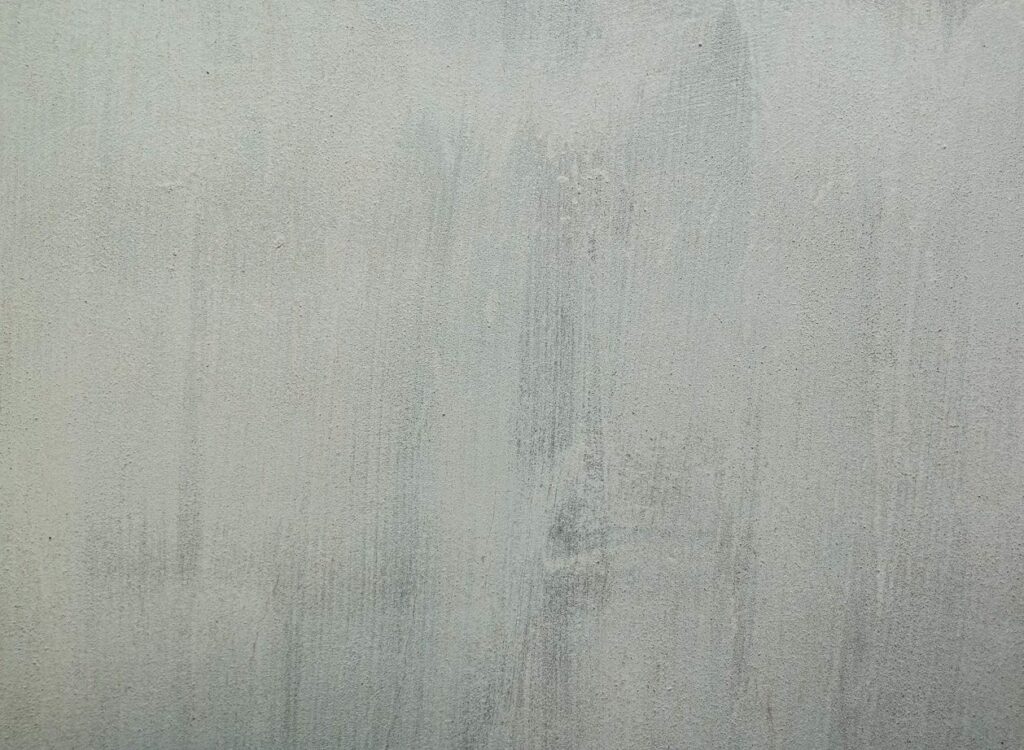
It would help if you also considered how the plaster treatment will impact the walls' durability and functionality. An improved plaster surface that can withstand moisture and wear and tear can be useful in damp rooms or places with heavy foot activity.
It's important to remember that different plaster finishes affect a room's acoustics. Plaster coatings that absorb sound help in noisy situations.
Being an expert at applying the right plaster finish is crucial for achieving your walls' desired look and functionality. Acoustics, colour, texture, and durability are four of the most important considerations when choosing a plaster finish. Seek the advice of an experienced wall plasterer to ensure that the plaster finish you choose meets all of your requirements and tastes.
Conclusion
Plastering is a crucial step in building projects, enhancing the visual appeal and protecting the interior and exterior surfaces. It involves applying a thin layer of plastic substance or plastic mortars to uneven surfaces, such as columns, beams, walls, and ceilings. Plaster is made of sand, cement, and water, and can be applied to both inside and outside elements.
There are several types of plaster finishes, including smooth coat, sand faced, scatter dash finish, day dash finish, depeter finish, scraped finish, and textured finish. Smooth cast finish achieves a perfectly flat and smooth surface by mixing cement and sand, with water added for a smooth surface. Sand faced finish requires two coats of mortar, with a zigzag line attached and a second layer applied after seven days of cure.
Spatter dash finish or rough cast finish requires a 1:1:3 ratio of cement, sand, and aggregate, with a rough polish applied using a wooden float. Day dash finish or pebble dash is the last coat, with a 12mm thick pebble-dash mortar. Depeter finish is a depleted finish, using small bits of gravel or flint to create beautiful patterns. Scraped finish involves a 6-12mm layer of plaster, with a 3mm deep scraping pattern applied. Textured finish is used with sketch plastering to create beautiful patterns or textured surfaces.
Stucco plaster finishes are high-quality and versatile, with three layers of plaster, resulting in a total thickness of around 25mm. Waterproof plaster finishes use authorised cement waterproof compounds, which must be fully integrated with dry cement to prevent evaporation. Exposed aggregate plaster finishes use marble chips, either white or colored, crushed by hard marble stones.
Special materials are added to mortar to improve fireproofing, appearance, heat insulation, and durability. Acoustic plaster uses gypsum mixes to create honeycomb patterns, dampening noise in auditoriums and halls. Asbestos marble plaster is used for a better appearance, while barium plaster shields personnel from radioactive particles. Granite silicon plaster is used for higher-quality buildings and has minimal setting time and elastic quality.
Plaster of Paris of gypsum plaster is lightweight and fireproof, but water dissolves it. Kenees's cement plaster is a white, glassy finish that works well for ornamental purposes.
Choosing the right plaster finish is crucial for achieving the desired aesthetics and functionality. Consider texture, hue, durability, and acoustics when choosing a plaster finish. Seek advice from an experienced wall plasterer to ensure the plaster finish meets all of your requirements and tastes.
Content Summary
- Plastering involves applying a thin layer of plastic substance to building components for a smooth finish.
- Plaster is a polymeric substance utilised in the plastering process.
- Mortar, made of sand, cement, and water, forms the basis of plaster.
- Plastering can be done both inside and outside a structure.
- Plastering is essential for enhancing a building's visual appeal and protecting its surfaces.
- The article discusses various types of plaster finishes used in building projects.
- Plastering is a common finishing technique for smoothing out walls and adding decorative accents.
- Different plaster finishes can give walls various looks.
- Finishing plaster, made of lime, gypsum, or cement, is mixed with water to form a usable paste.
- Finishing plaster can be applied to any wall or ceiling surface.
- Smooth coat finish results in a perfectly flat and smooth surface.
- Sand-faced finish involves applying two coats of cement sand mortar.
- Spatter dash finish, or rough cast finish, uses a mortar mixture with cement, sand, and aggregate.
- Day dash finish, or pebble dash, includes applying small pebbles to the plaster surface.
- Depeter finish is a decorative plaster finish using small bits of gravel or flint.
- Scraped finish involves applying a layer of plaster and scraping it to create a pattern.
- Textured finish utilizes stucco plaster to create ornamental designs.
- Stucco plaster finish involves three layers of plaster for durability.
- Waterproof plaster finish requires specific waterproof compounds and adherence to standards.
- Exposed aggregate plaster finish showcases marble chips in the plaster.
- Special materials can be added to mortar for specific surface requirements.
- Acoustic plaster dampens noise in interior walls.
- Asbestos marble plaster improves appearance with cement, asbestos, and marble.
- Barium plaster is used in X-ray rooms for radiation shielding.
- Granite silicon plaster is a high-quality finish with minimal setting time.
- Plaster of Paris or gypsum plaster is lightweight and fireproof.
- Keene's cement plaster sets firm and is suitable for ornamental purposes.
- The choice of plaster finish significantly impacts aesthetics and functionality.
- Texture options range from smooth to rough and textured.
- Plaster finish colour selection influences space ambiance.
- Consider durability and functionality when choosing a plaster treatment.
- Different plaster finishes affect room acoustics.
- Expertise in applying plaster finishes is crucial for desired outcomes.
- Seek advice from experienced wall plasterers for optimal results.
- Plastering creates a long-lasting and visually appealing surface.
- Plaster consists of sand, cement, and water.
- It can be applied both internally and externally.
- Plastering protects surfaces and enhances aesthetics.
- Various types of plaster finishes are discussed.
- Plastering smooths walls and adds decorative elements.
- Different finishes offer various aesthetic options.
- Finishing plaster is made of lime, gypsum, or cement mixed with water.
- Plaster can be applied to any wall or ceiling surface.
- Smooth coat finish results in a flat and smooth surface.
- Sand-faced finish involves two coats of cement sand mortar.
- Spatter dash finish uses a mortar mixture with cement, sand, and aggregate.
- Day dash finish includes applying small pebbles to the plaster surface.
- Special materials can be added to mortar for specific surface requirements.
- Considerations for choosing plaster finishes include texture, colour, durability, and functionality.
- Expertise in applying the right plaster finish is crucial for desired outcomes.
